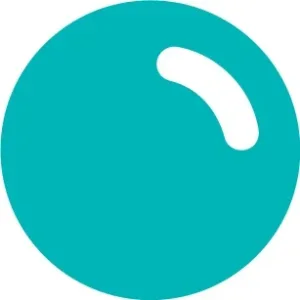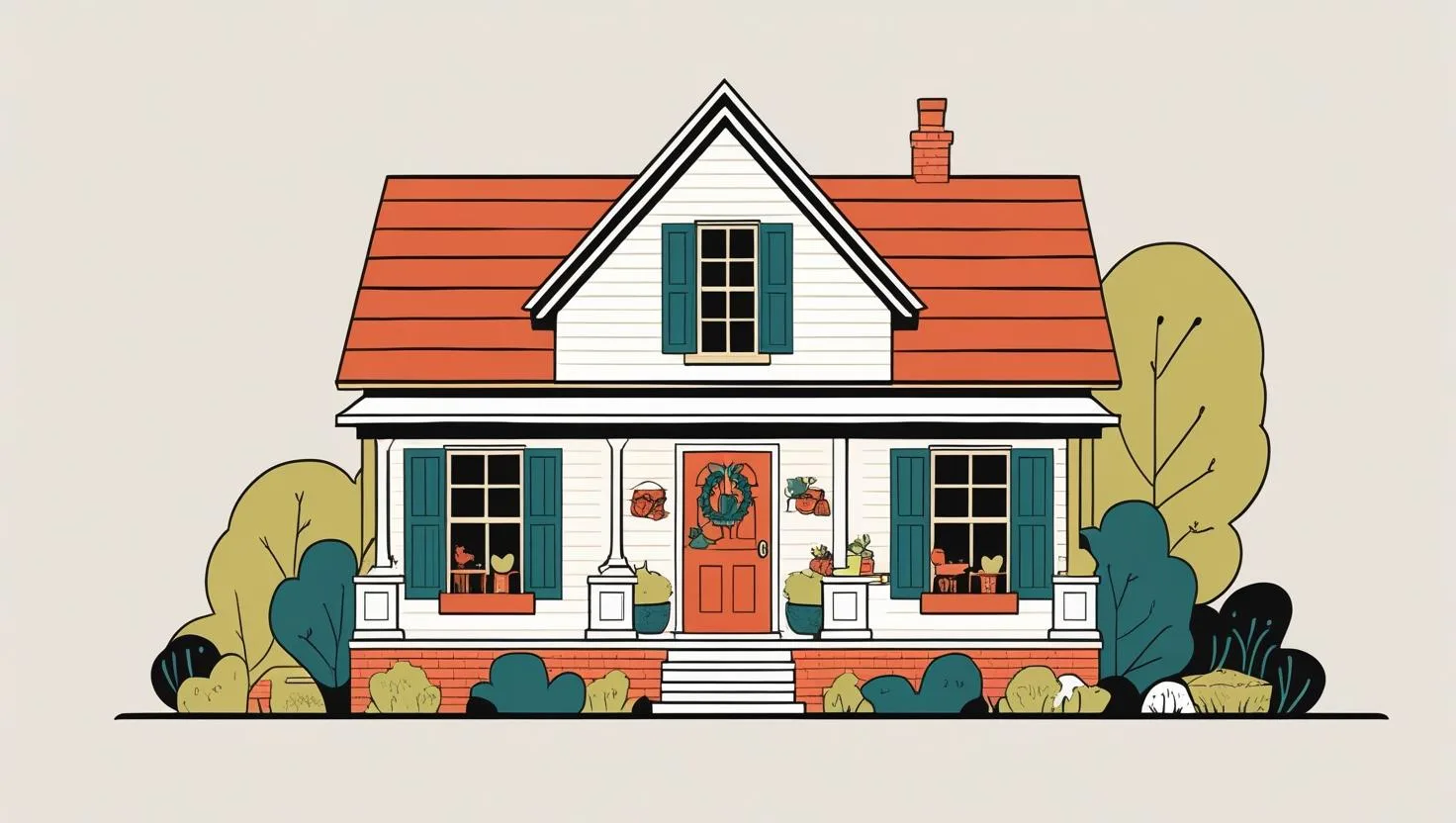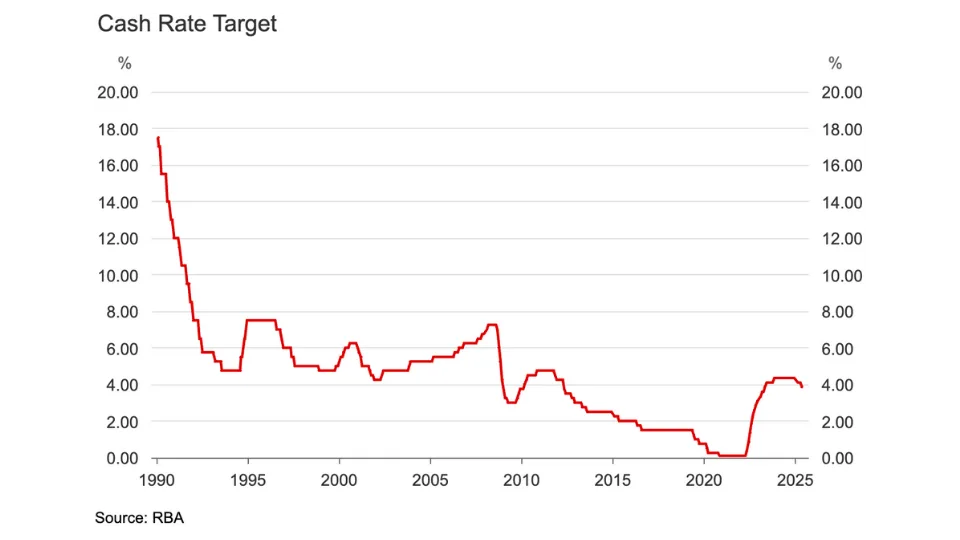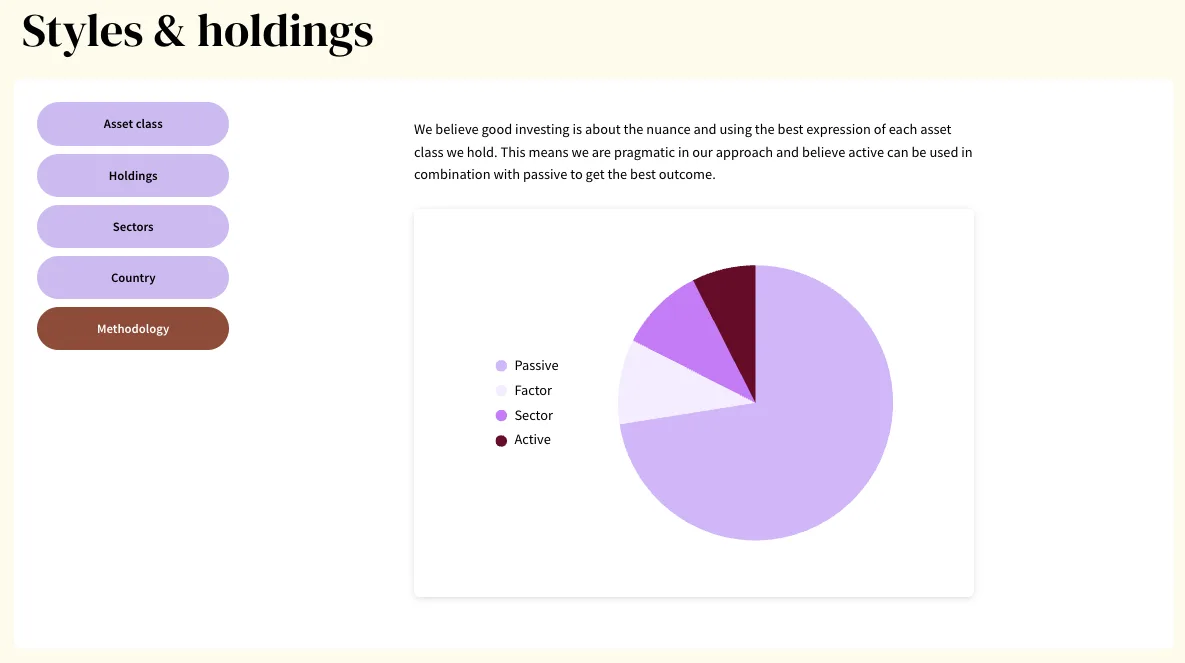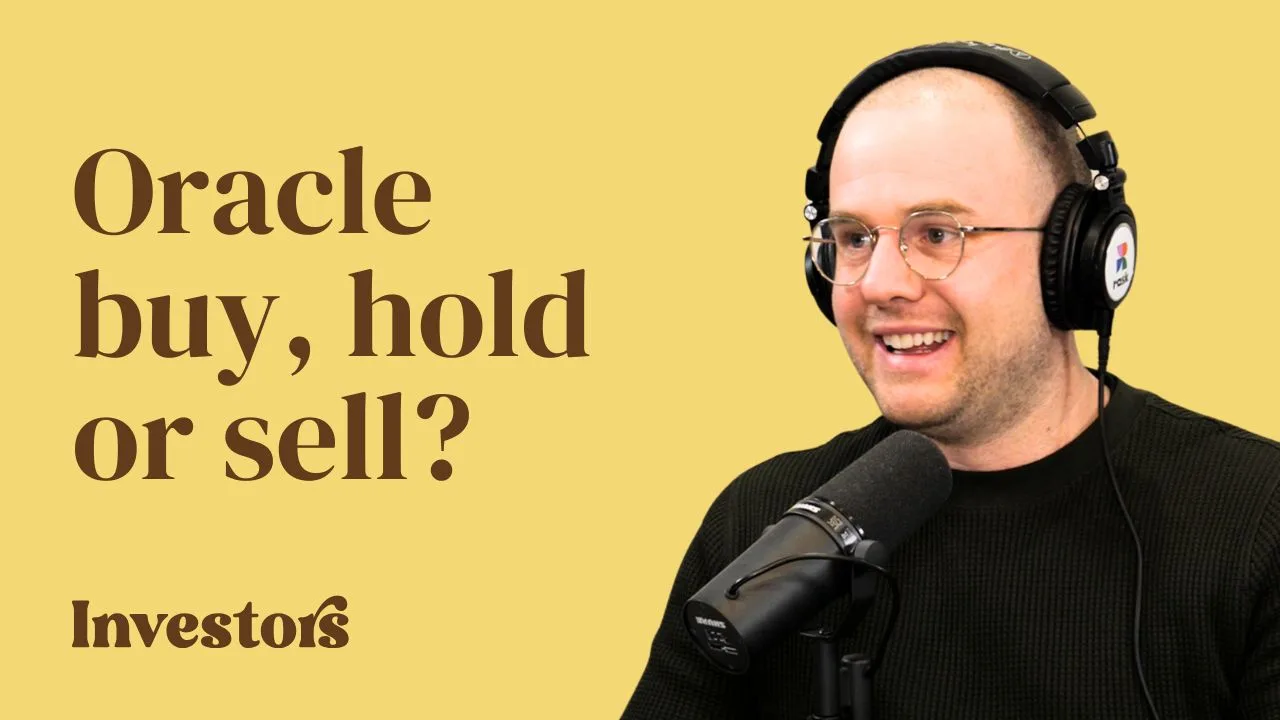Trying to save for your first home?
The First Home Super Saver Scheme (FHSS) lets you make voluntary super contributions and later withdraw them to boost your deposit—taking advantage of super’s lower tax rate. Introduced in the 2017–18 Federal Budget to help with housing affordability, the scheme caps contributions at $15,000 per financial year and $50,000 in total (per person, so buying with a partner, sibling or friend can double that).
Understanding the FHSS scheme
Housing affordability is a big talking point in Australia. To help address it, the Federal Government created the First Home Super Saver Scheme in the 2017–18 Budget.
It allows you to make voluntary contributions to your superannuation account, which you can later withdraw to help purchase your first home. If you meet all the scheme’s eligibility criteria, these contributions—plus any earnings—can be released to go towards your deposit.
Currently, you can contribute up to $15,000 each financial year, with a maximum of $50,000 in total. If you’re buying with someone else—such as a partner, sibling or friend—you can each contribute $50,000, boosting your combined deposit.
The main advantage is tapping into super’s lower tax rate, which may help you grow your savings faster than in a regular bank account.
How do I access it?
To take advantage of the FHSSS, you’ll need to follow these basic steps.
‘Basic’ is the operative word here. The scheme is fairly complex and subject to change, so your best bet is to hit up the ATO website for the most up-to-date information.
And, as always, if you’re unsure whether it’s the right opportunity for you, or need help navigating its technicalities, consider contacting an accountant or financial adviser.
Step 1: Check your eligibility
There are several requirements you’ll need to meet first. These are:
You’re 18+ when starting the application to release your money or getting it released. Note that you can make voluntary contributions before you turn 18
You’ve never owned property in Australia (except under certain circumstances, such as financial hardship)
You plan to live in the property for a minimum of six months within the first 12 months of buying it
You’ve never made a FHSS release request before
You don’t have to be an Australian citizen or resident for tax purposes.
You should also chat with your super provider to make sure they’ll release the money under the scheme and see if there are any additional fees for participating.
Step 2: Make voluntary contributions
There are two ways you can make voluntary contributions:
Before-tax concessional, where your contributions are taxed at a lower rate of 15%. This could either be via personal contributions or a salary sacrificing arrangement through work
After-tax non-concessional, where they’ve already been taxed at your marginal rate (i.e. your income tax rate). Either you or your employer can make these contributions
Compulsory employer contributions, spouse contributions and government co-contributions don’t count towards the scheme.
Any contributions you make get rolled in with the rest of your super. And if you decide further down the track to not go ahead with the FHSSS, your contributions will simply remain part of your retirement savings.
Step 3: Apply to release funds
The release process involves two steps: applying to the ATO for a determination, and then getting the funds out of your super.
To apply for a determination, visit your myGov account and fill out the necessary details. Your determination comes from the ATO and tells you how much you’re able to withdraw. You’ll need it before you sign any contracts related to your purchase – think of it being a bit like pre-approval to buy your home. If you sign a contract before requesting a determination, it could quash your eligibility for the scheme.
In other words, you only need to apply for a release once you’re ready to purchase your home.
Step 4: Buy your first home
Now comes the part you’ve been waiting for: buying your new home!
Once you’ve requested to release your funds, you’ve got 12 months to sign a contract – either to buy or build your home.
You can buy an established or new home anywhere in Australia, as long as it’s not a houseboat or motor home. And while you can’t use the money towards purchasing vacant land, you can put it towards building the dwelling that sits on it.
You also have to actually use the property as your home. This means you’ll need to move in as soon as you can after buying it and then occupy it for at least six months.
If you don’t lock in anything during those 12 months, you may be able to get a 12-month extension. If things still haven’t worked out by the end of the extension, you have two options. Your first is to put the money back into your super as a non-concessional contribution. Your second is to keep the money and have it taxed at a flat rate of 20%.
Pros and cons to consider
Sounds pretty ideal, right? While the FHSSS does have several benefits, it’s not without its potential limitations. Here are a few of each to consider.
Pros
- You may be able to access lower tax rates. Before-tax concessional contributions are only taxed at a rate of 15%.
- Just like your super, the money you use toward the FHSSS earns interest, and this can be withdrawn too. Returns are calculated using a rate known as the ‘shortfall interest charge’ (SIC), which is updated quarterly. The most recent SIC rate (April – June 2024) is 7.34%. Depending on the current SIC rate, you may get a higher return than if the money were to sit in a savings account.
- Even if it only sits there for a few years, the extra money contributed to your super account helps grow your nest egg thanks to additional interest earned on your contributions.
- Accessing the FHSSS doesn’t prevent you from taking advantage of other incentives. You can use it in conjunction with state-based schemes, like first home buyer grants.
- The scheme can be accessed by two people. So, If you’re buying with your partner, sibling, or friend, you can put together a higher deposit.
Cons
- $50,000 is absolutely a significant amount. But with the average property price in Australia currently $933,800, suddenly $50k doesn’t seem like a whole lot.
- There are limitations on how much you can contribute each financial year, so it’ll take several years to accumulate a sizeable amount of money.
- Whether they’re made before or after tax, your contributions will mean a reduction in your take-home pay.
- If your home purchase doesn’t go ahead, and you’ve already withdrawn your funds, you’ll be taxed at a fairly high rate whether you decide to re-contribute the money or keep it.
- When you withdraw your funds, you’ll be faced with a withdrawal tax. This is equal to your marginal tax rate minus a 30% offset, and it’s deducted automatically before you get your money
FHSSS case studies: examples
These case studies highlight how the scheme can work in different situations. We’ve put together the figures using the Commonwealth Superannuation Corporation’s FHSS Scheme calculator, a handy tool for helping you crunch your own numbers.
The figures below are in today’s dollars and don’t account for inflation. Find out more about how inflation can impact your super.
Emily, 28, graphic designer
Emily earns about $70,000 a year as a graphic designer. She works remotely, which means she’s able to live anywhere.
Thanks to her flexible working conditions, Emily decides to buy her first home in a regional town. She hopes to save around $40,000 to contribute towards a 20% home deposit.
Emily wants to accumulate that $40,000 using the FHSS Scheme. She works out she can afford to make voluntary contributions of $7,000 annually.
Emily makes before-tax concessional contributions, meaning she’s only taxed 15% and the reduction to her take-home pay is just $4,900 per annum.
After six years, Emily can withdraw $42,840 (including interest and with the withdrawal tax applied). This means she can comfortably reach her target.
If that money had gone into a traditional savings account with an interest rate of 3.85% per annum, Emily would’ve ended up with $30,566 – a difference of $12,274.
John, 40, IT professional and Marco, 38, marketing consultant
John and Marco are planning to buy their first home together in suburban Melbourne.
They’d like to join forces and build up a deposit of roughly $200,000. Together, they’ve already managed to save $50,000 and want to use the scheme to supplement their savings. They also plan to invest some money in the stock market over the coming years.
John earns $100,000 and Marco earns $90,000. Each decides to make before-tax concessional contributions of $15,000 to their respective super funds. For both of them, this means a $10,500 reduction in take-home pay.
After four years, John and Marco are ready to buy a home. They apply to withdraw $48,149 each, giving them a combined total of $96,298 from the FHSS scheme. They also have around $132,000 in savings. This is thanks to making regular deposits and the compound interest their money accrued in a high-interest savings account. Plus, they’ve done fairly well by investing in shares and have about $20,000 to put towards their deposit.
All up, they’ve got a sizeable deposit of $248,298.
Is the First Home Super Saver Scheme right for you?
It’s really hard to say. For some people it can be valuable, while for others it may not make much financial sense.
Before you dive into the FHSSS headfirst, we’ve put together a few questions to ask yourself.
Use these as thought-starters. If you’re still unsure or want to untangle some of the scheme’s complexities, reach out to an expert.
- Could the money be more useful now? Only contribute if you can afford it without affecting day-to-day needs.
- How will withdrawal affect your super? Withdrawing may reduce your retirement savings. Returning it to super attracts high tax; keeping it means lost interest growth.
- What and where will you buy? In some markets, $50k may barely cover a deposit, but it’s more impactful for affordable areas or as a supplement to other savings.
- Will you live in the property? FHSS funds must go towards your first home, which you must live in for at least six months, though you can rent out part of it.
- Do you understand the tax rules? Withdrawals affect your tax in that financial year.
- Do you have outstanding debt? Debts to the ATO or otherwise may reduce or wipe out the amount you can access.
Whatever decision you make, we wish you the best of luck in your financial journey!
Ready to dig deeper?
If you’re keen to nerd out on all the finer details (and maybe pick up a few extra first-home tips), check out the full article on Pearler Learn. While you’re there, explore the rest of Pearler—a hub of smart money tools and resources to help you invest, save, and plan for your goals
